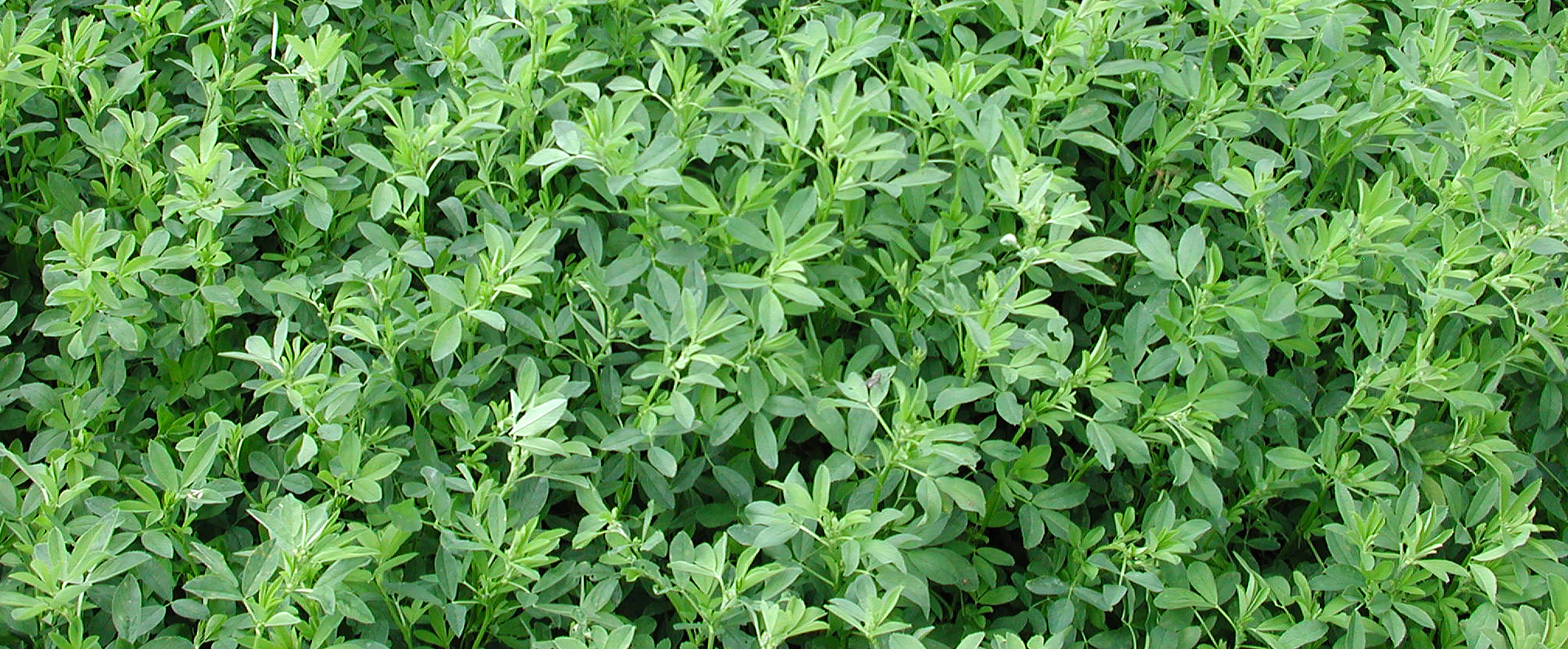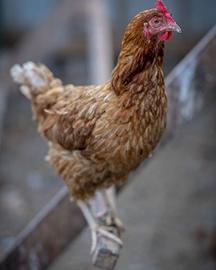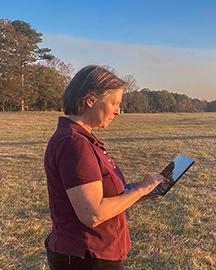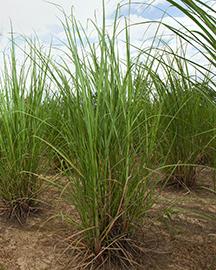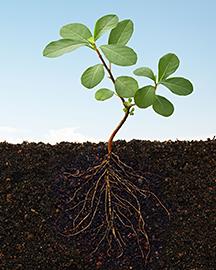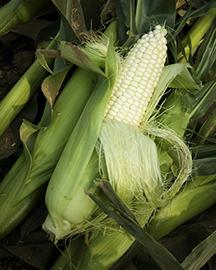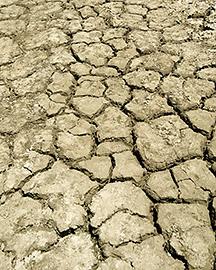Take Your Alfalfa Out to Pasture
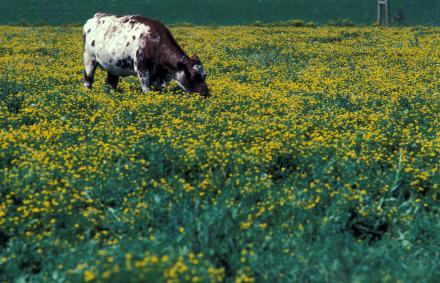
Beef producers in the western United States have been searching for alternatives to nitrogen-rich fertilizers while also placing an increased emphasis on environmental stewardship. One possible answer to both concerns is to integrate alfalfa and other legumes into their high-productivity, irrigated pastures.
ARS researchers in Logan, UT, measured herbage mass, nutritive value, steer growth performance, and economics of tall fescue pastures mixed with alfalfa or birdsfoot trefoil compared to fescue-only pastures with nitrogen fertilizer. The grass-legume mixed pastures had slightly less herbage, but nutrition and steer growth performance improved compared to fertilized grass pastures. Without the added cost of fertilizer, economic returns for the grass-legume pastures were 2.4 (trefoil) and 1.7 (alfalfa) times greater than the fertilized grass pastures. In addition, grass-legume mixtures can help reduce dependence on petroleum-based commercial fertilizer.



